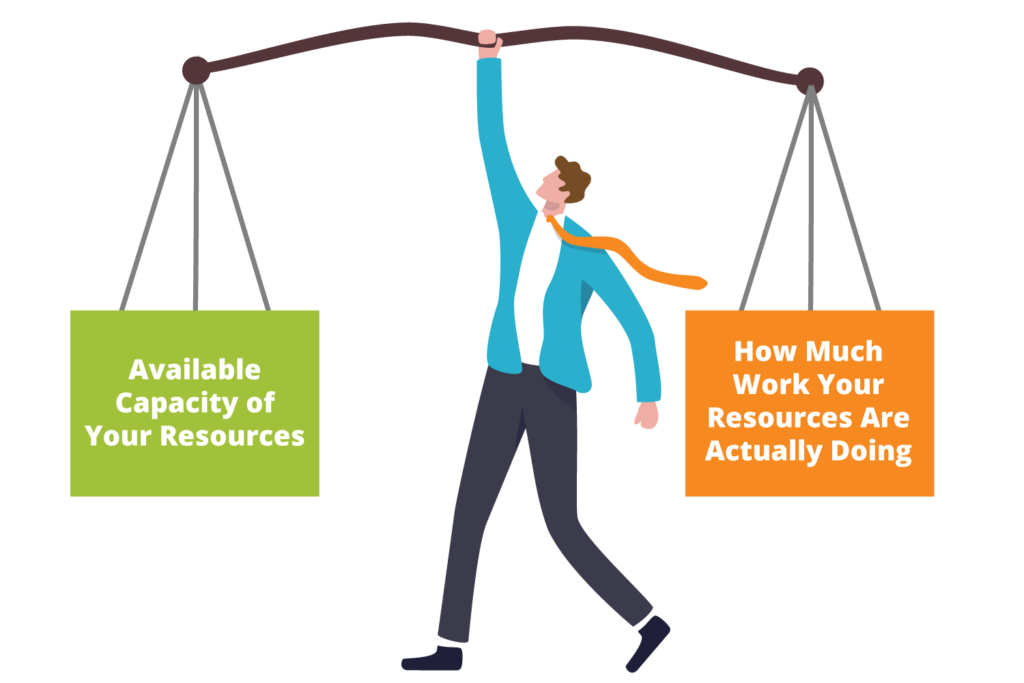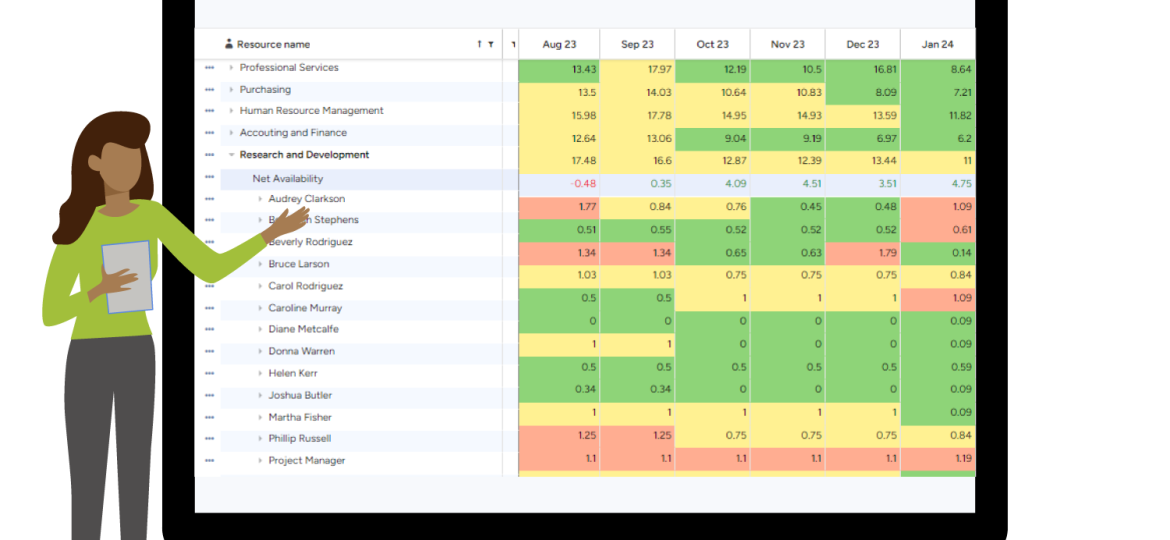
(Hosted content from ProSymmetry)
Key Performance Indicators (KPIs) are one of the best ways to make sure your resource management efforts are both aligned and effective. But with so many possible metrics, identifying the KPIs that best serve your objectives can be a daunting task.
Defining KPIs for resource management starts with understanding what your business values most — be it portfolio delivery, reducing project costs, avoiding missed deadlines, or boosting revenue, just to name a few. These priorities set the stage for crafting your resource KPIs into a narrative that resonates with the broader business objectives.
Implementing and tracking KPIs isn’t just about having numbers to report. It’s about understanding the health and potential of your projects, programs and portfolios. You want your KPIs to effectively tell the story of your resource planning.
Let’s delve into the three critical KPIs you should be tracking to keep your resource management on point.
Resource UtiliSation: The Balancing Act
Resource utilization is a proactive measure of portfolio success. It’s the art of balancing how much work your resources are actually doing against their available capacity. Optimal utilization ensures that individuals or teams are neither overburdened nor underused.
Overutilization leads to burnout and project delays. If left unchecked, stretching your resources past their capacity poses a risk to the entire portfolio. Keeping a close eye on this KPI helps you maintain a healthy workload distribution.
Resource Progress on a Project: Keeping Track
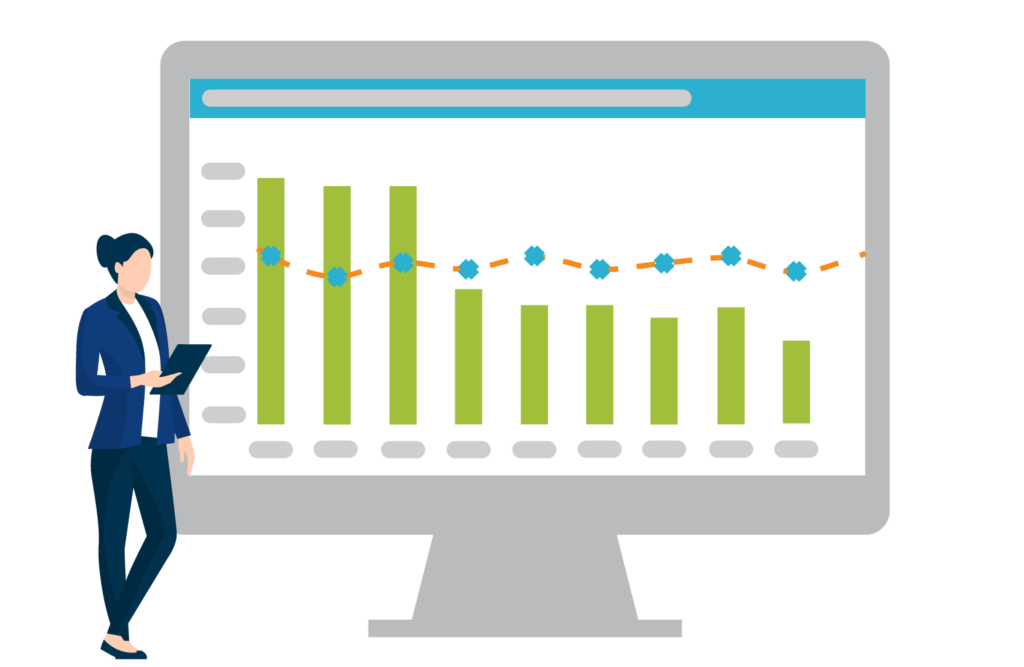
Monitoring resource hours is one of the best ways to gauge if a project is on or off track. You can learn a lot about a project’s health by comparing the actual time submitted against the planned hours. This KPI will give you insight into whether a project is set to complete on time or at risk of exceeding your budget due to resource overextension.
Capacity vs. Demand: The Supply and Demand Equation
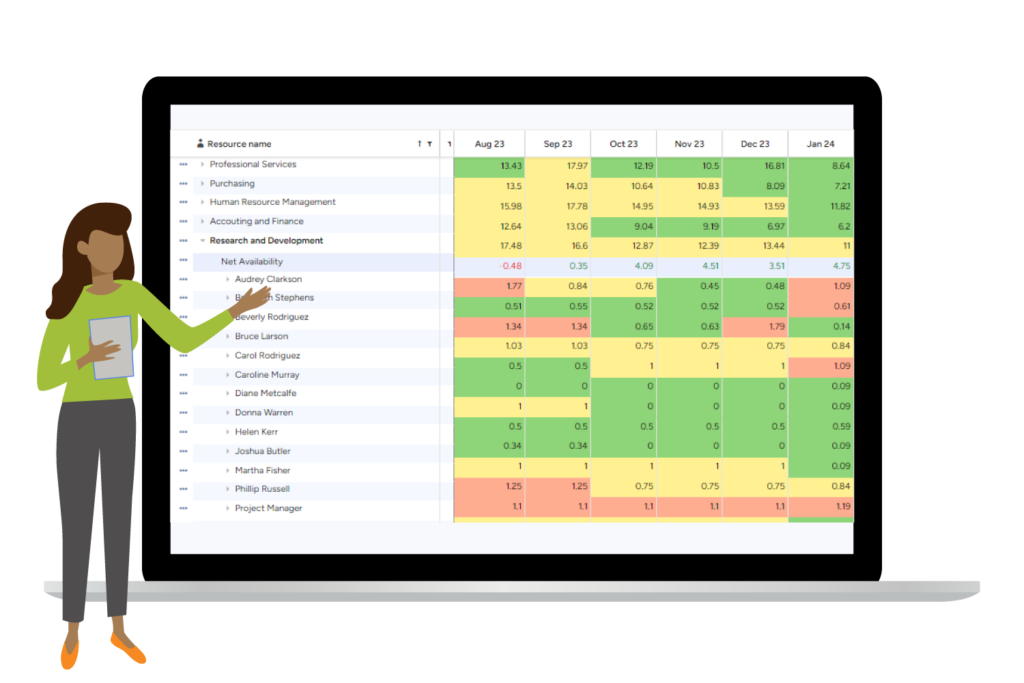
The capacity-versus-demand KPI puts your available resource capacity up against the effort required to accomplish the work. Essentially, you’re measuring your supply (capacity) against your demand (projects and tasks). It’s one of the most fundamental metrics in business, providing a clear view of whether your current resource pool can meet the project demands or if adjustments are necessary.
Beyond the Numbers
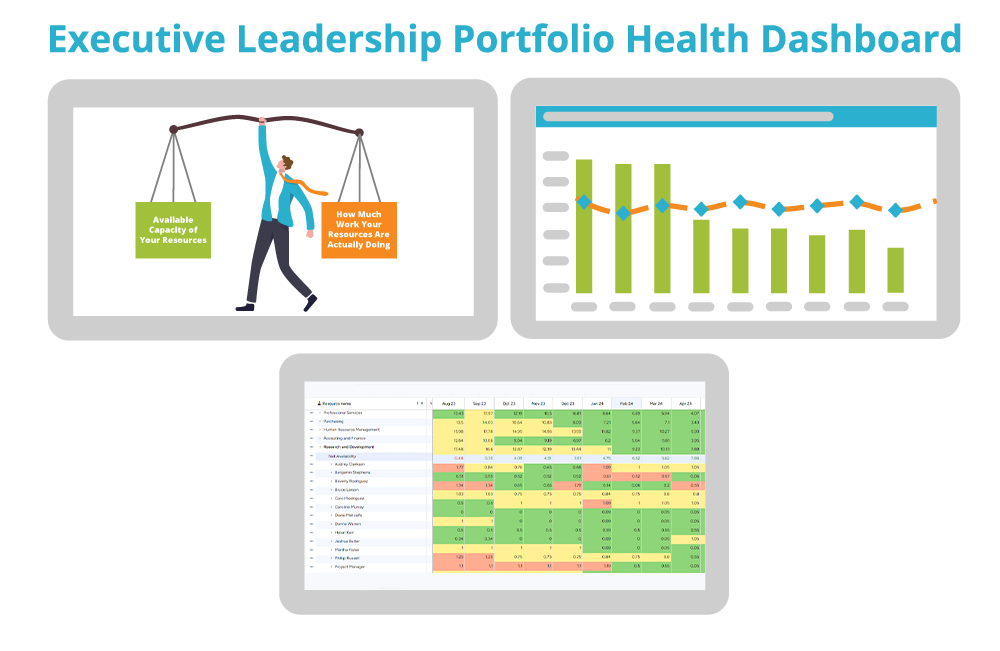
KPIs for resource management are more than just metrics. They’re insights that drive decisions, actions, and ultimately, success. By focusing on resource utilization, progress on projects, and the balance of capacity versus demand, you set up a framework for not only tracking but also enhancing your resource management strategy.
Remember, a project without a resource plan is merely a hope. Tracking these KPIs helps ensure that every resource is aligned, accounted for, and contributing to your overarching business objectives.
Read more from ProSymmetry.

